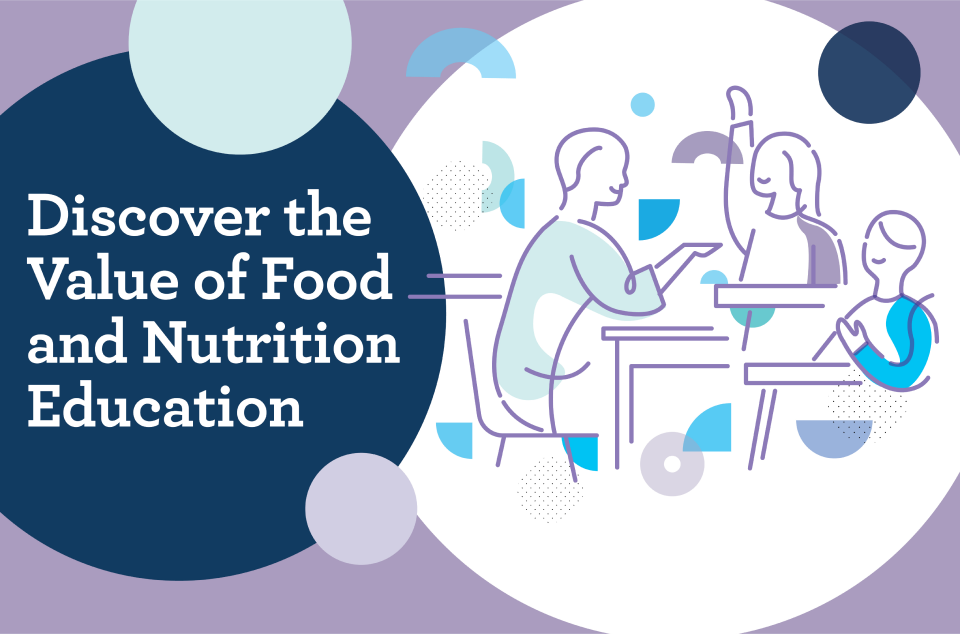Explore the top three reasons to teach about food and nutrition in early learning and school settings, and discover free, curriculum-based resources and activities.
Why incorporate food and nutrition education in early learning and school?
1. Nutrition education is part of Saskatchewan’s curricula.
From exploring food traditions to using recipes, teaching about food and nutrition can also deepen a child’s understanding of literacy, numeracy, science, social studies, and culture.
2. Nutrition is one component of approaches that support child and student success.
Comprehensive School Health and the Whole Child Approach are two examples of frameworks that recognize the importance of food and nutrition education. Generally, the aim of nutrition education in these approaches is to encourage children’s ability, motivation, and confidence to make choices to care for themselves within the context of their values and resources. This in turn can support both academic achievement and the long-term development and success of all children.
3. Nutrition and food education helps build food literacy.
Food literacy is learning about and engaging with the many roles of food for ourselves, others, and our world. Four pathways enable us to explore and develop our understanding and skills within food literacy:
- Food systems: How food grows, how it is produced, and how it is made available.
- Food skills: How to identify, plan, get, store, prepare, and eat food.
- Food context: How the foods we eat reflect our needs and resources.
- Food story: The relationship between food, culture, and identity.
This learning continues throughout our lifetime as we learn with and from people, places, foods, objects, and ideas. From food exploration and discovery in early learning, to learning to plan and prepare meals and snacks in junior high and high school, incorporating a variety of activities and experiences with food can help nurture these connections and support children and youth on their food literacy journey.


